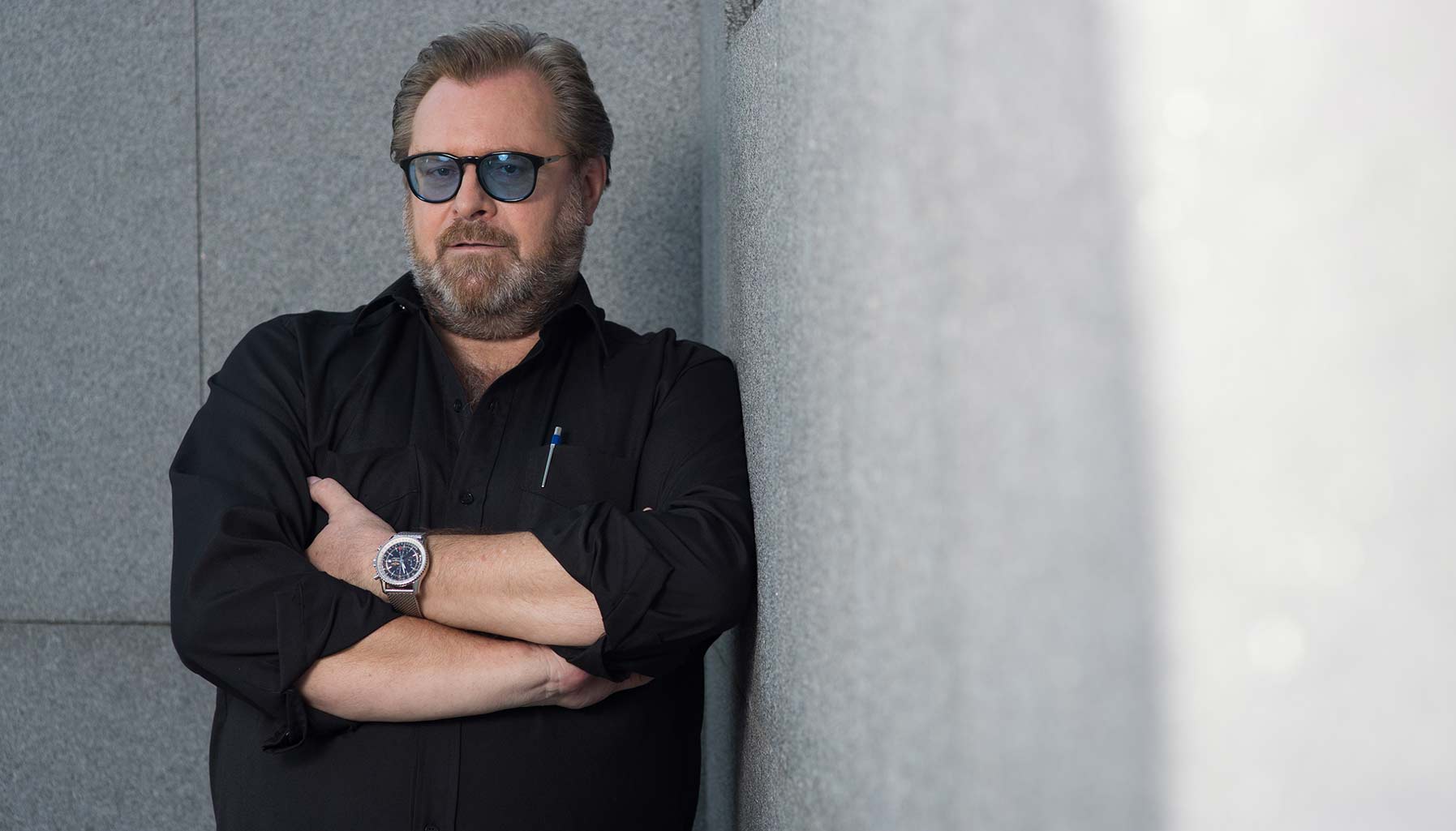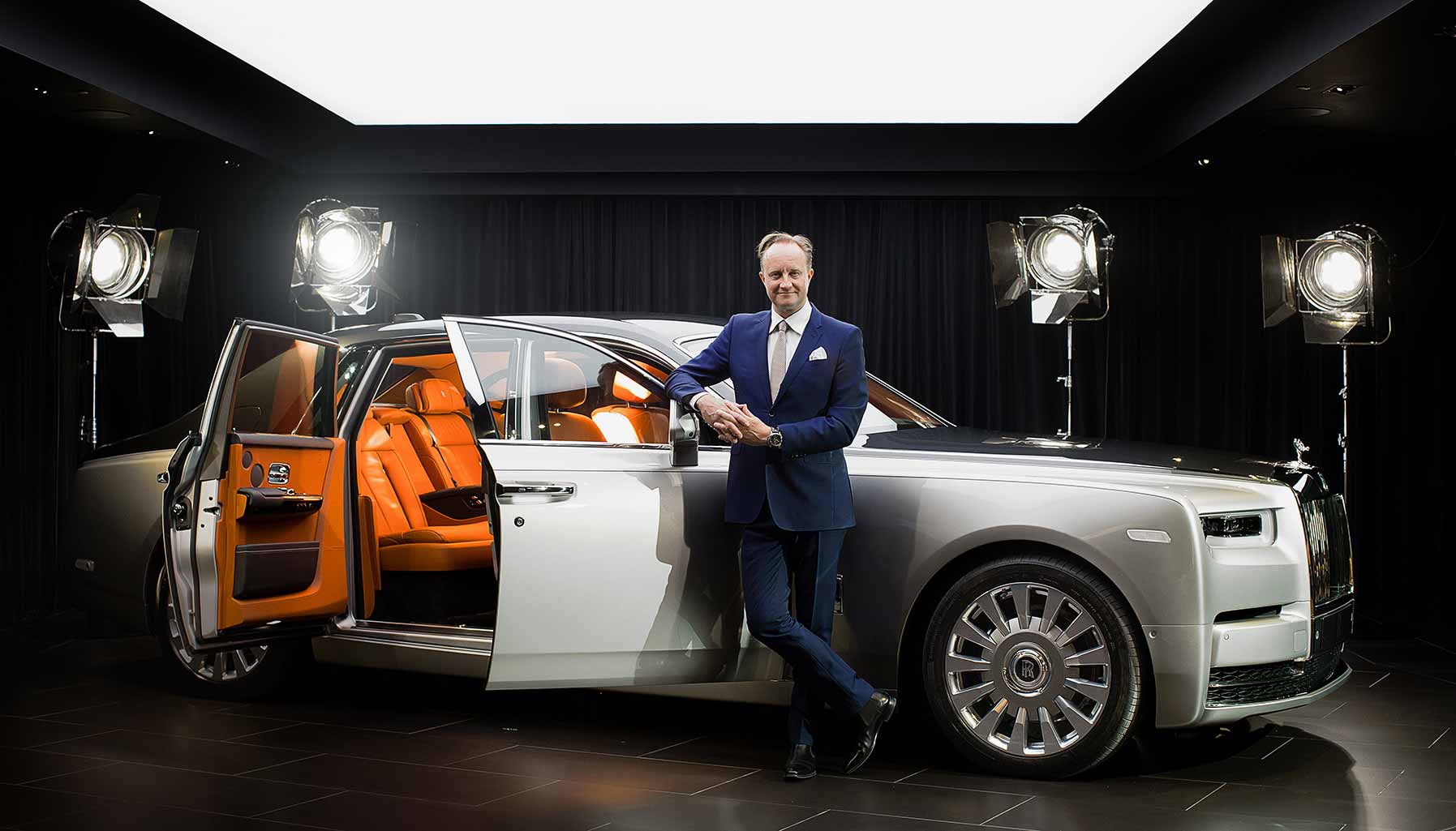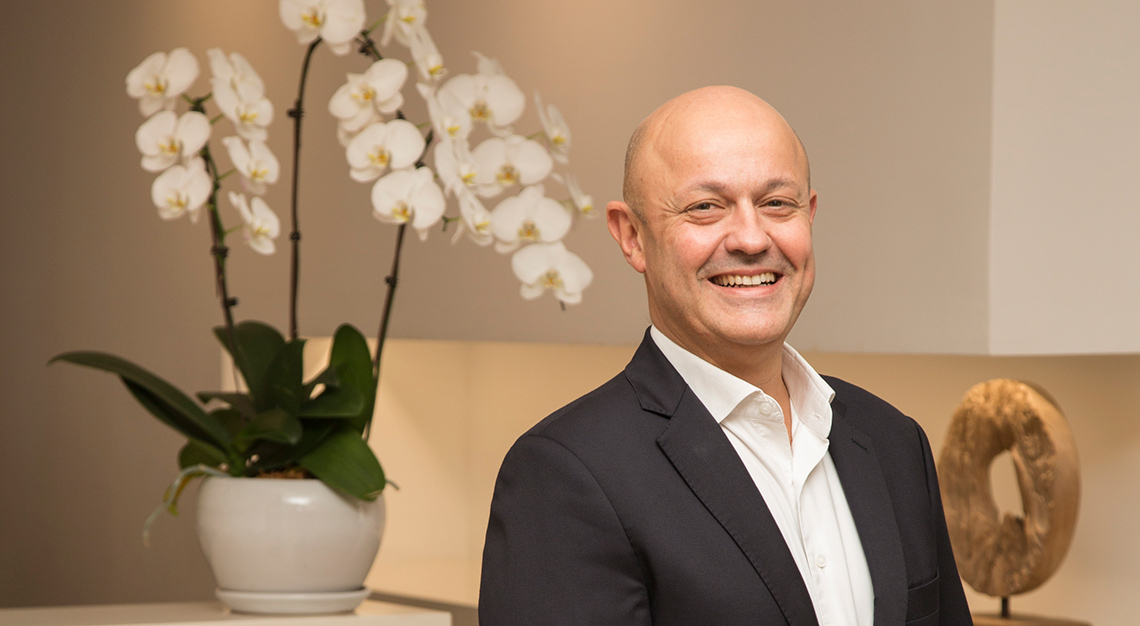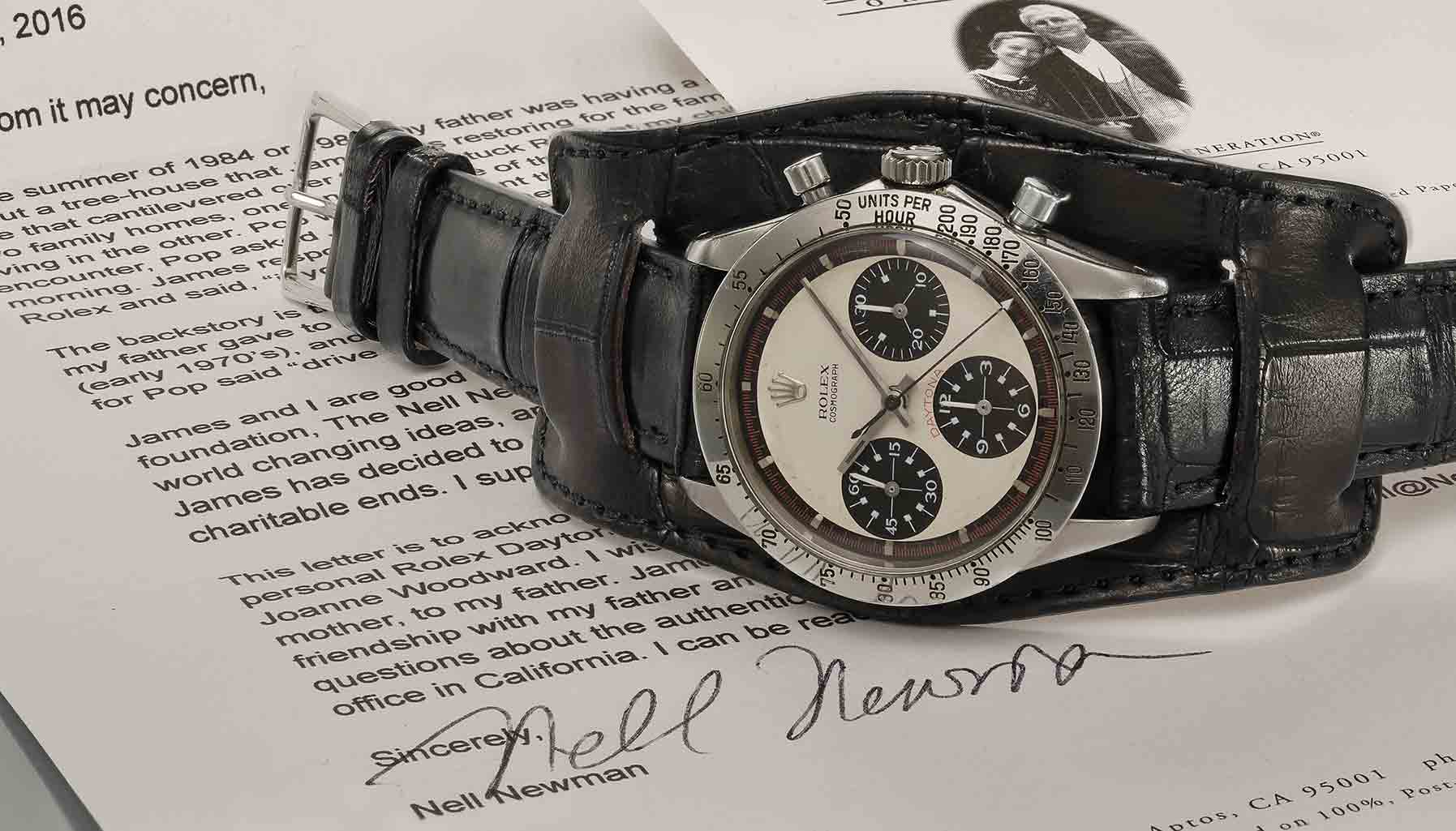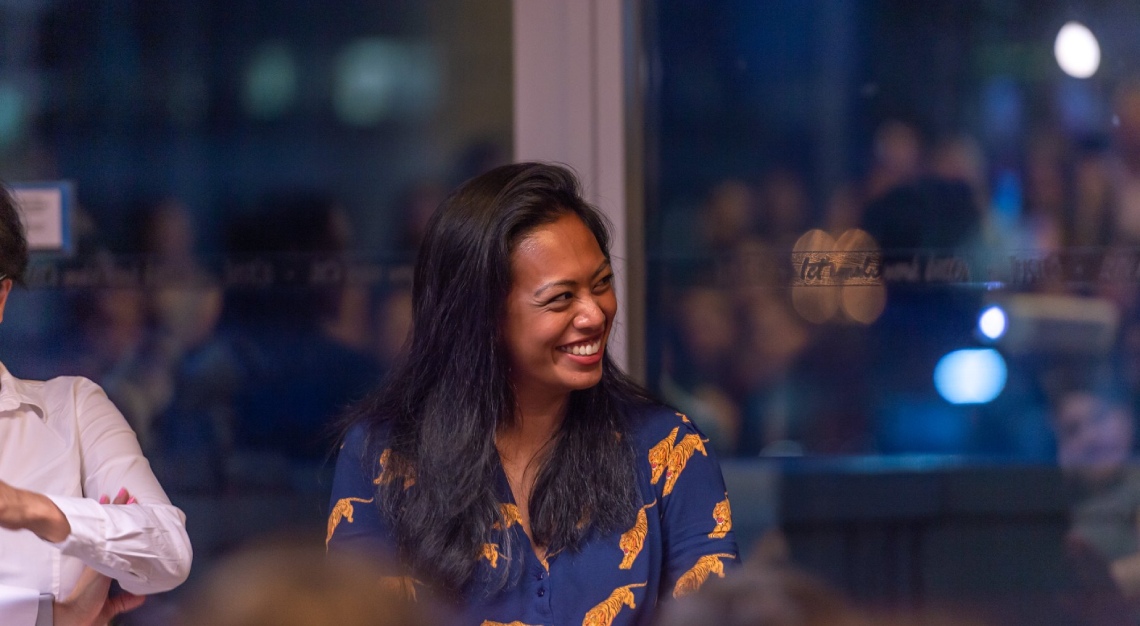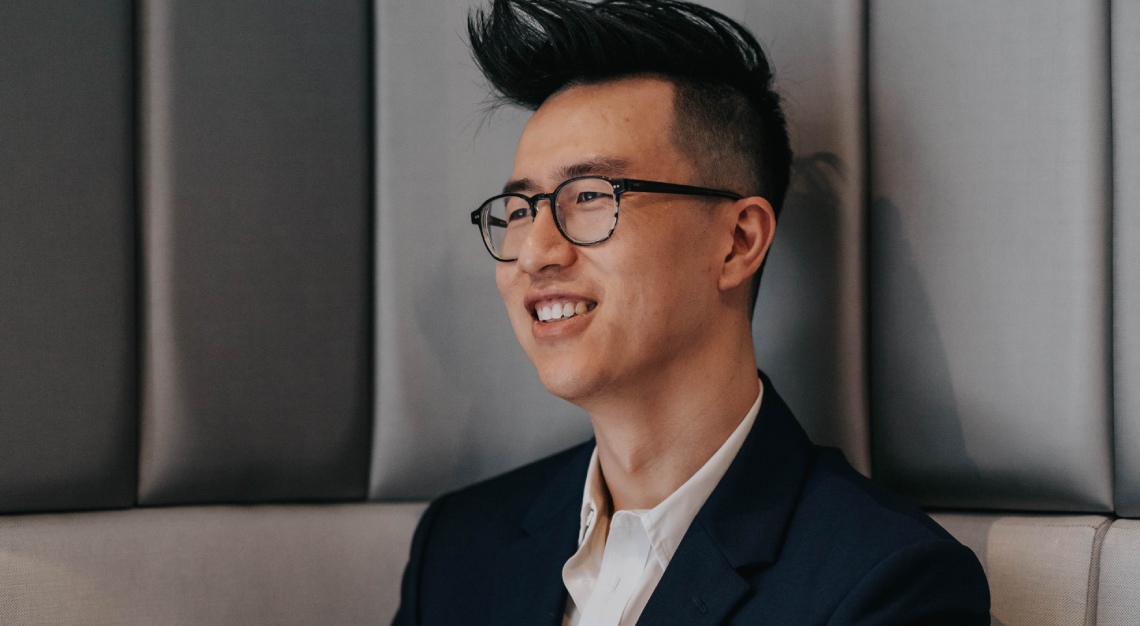Art Direct
If you are an art lover, chances are you will not be getting any sleep for the next two weeks.
That is because the annual Singapore Art Week kicks off today and runs until the 28th of January. The marquee event, of course, is Art Stage Singapore, now in its eighth year.
Held at the Marina Bay Sands Expo and Convention Centre from the 26th to the 28th of January, this year’s spotlight is on the Land of Smiles – Thailand.
Here, Lorenzo Rudolf, president of Art Stage, clues us in on why he is on a Thai high.
Thailand is the regional focus this year. Can you explain, in a nutshell, the country’s contemporary art scene?
Today, Thailand’s art scene is the most vibrant in Southeast Asia. It has grown tremendously in the last two years. There is the new MAIIAN Museum of Contemporary Art in Chiang Mai. It is an internationally regarded contemporary art museum opened by collector Jean Michel Beurdeley and his son, Eric Bunnag Booth.

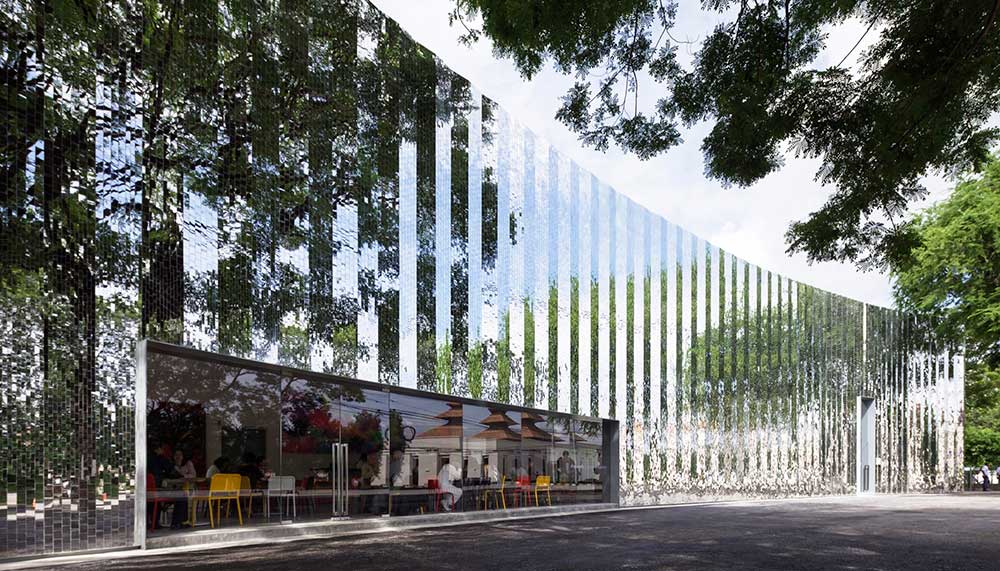
There is also another museum undergoing construction in Bangkok. It will not only host the collection of Petch Osathanugrah, but also offer programmes with many international aspects. Another renowned Thai collector, Disaphol Chansiri, is also in the midst of building his own museum in Chiang Mai. He has a similar approach. He wants to put Thai and Southeast Asian art on the same level as international art.
At the same time, there are a dozen new rather serious and professional galleries opening in Bangkok. Some of these are opened by foreign curators. And on top of that, we have the new Bangkok Biennale happening in November 2018.
These developments are the reasons why it was clear for us to pay tribute to the scene this year. For the past editions of Art Stage, we have focused on different national art scenes such as Singapore, Indonesia, Malaysia and the Philippines. And I think it is now the right time to focus on Thailand.
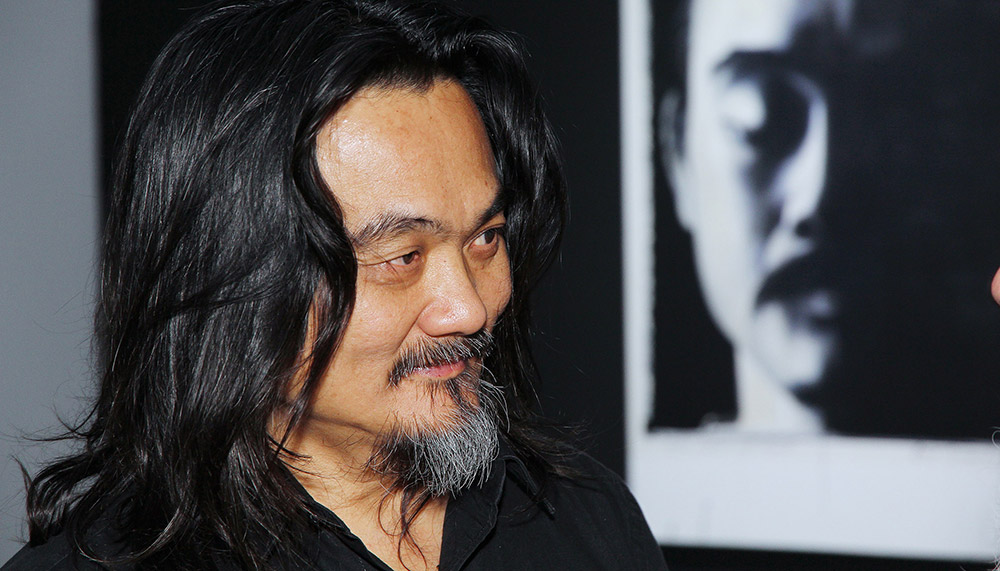

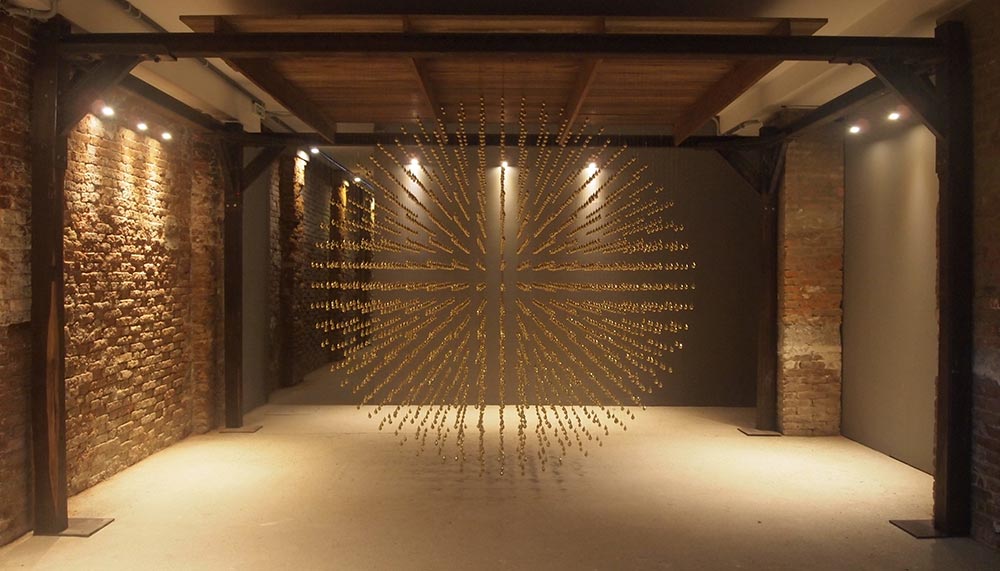
We will be presenting most of the leading Thai galleries at the Fair and showcasing a lot of special projects with top Thai artists such as Kamin Lertchaiprasert, Arin Rungjang, Natee Utarit, Manit Sriwanchipoom and many others. It is also no coincidence that the National Gallery Singapore is doing a special project with star artist Rirkrit Tiravanija. In other words, Thailand is currently the place to observe.
What about Thailand’s contemporary art scene do you appreciate/enjoy the most?
Unlike everywhere else in the art world, Chiang Mai has a really unique artistic community. It is just like the scene in Yogyakarta, where many contemporary artists live and work. All of the artists know and interact with each other.
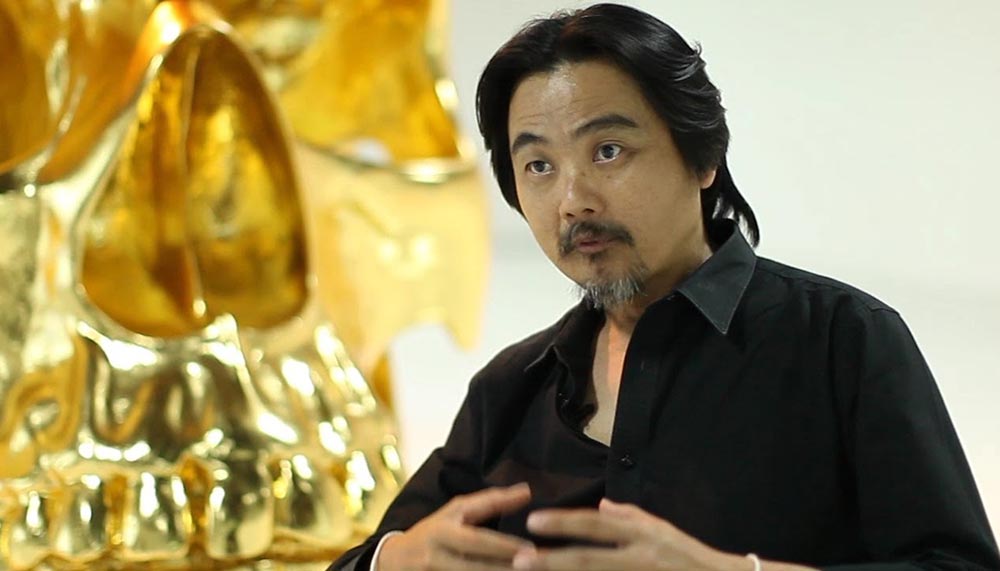
For example, Rirkrit Tiravanija and Kamin Lertchaiprasert share a very close friendship as neighbours in Chiang Mai. The both of them also support young artists whenever they can. Kamin is a professor of an academy in Chiang Mai, while Rirkrit has his own gallery that specialises in launching, presenting and supporting young Thai artists. They are also building a new self-sufficient artist residency. This will focus on community engagement and the collaborative efforts of the participants.
But this is common in the Thai art scene – Thai artists often engage in community-related works. From the beginning, the Thai contemporary art scene has been very open-minded. It is often more political and less nationalistic than most other contemporary art scenes in Southeast Asia. For me, that is truly contemporary art in the international understanding. This, along with the variety of conceptual art, was what attracted me from the beginning.
Even young artists go in the same direction. For example, Anon Pairot, a designer by profession, is an artist I met some years ago in Bangkok. He embarked on a special project with a rural and less fortunate community in Thailand. I was so impressed by this that I brought the project to Art Stage. Through this project, he became an internationally regarded artist today.
The topic for this year’s Southeast Asia Forum is the intersection between art and design. In your opinion, how are art and design related?
The artistic interaction between different creative industries and disciplines is something we experience more and more in the contemporary field. We see an increasingly broader definition of art, where the boundaries are becoming less distinct.
Look at Zaha Hadid. Was she an artist, an architect, or a designer? I think she was all of those. And if we look at Olafur Eliasson, he has an entire team of scientists, architects, and even philosophers, that help to create his works.
Art is never static; art is always trying to develop and cross boundaries. It is important for us to present these interactions, particularly between art and design. And it is also important because Art Stage should be more than just a sales platform.
As an art fair in an emerging region like Southeast Asia, we have a responsibility to not only present the artists and their works for sale, but to also inform and engage. Hence we chose the relationship between art and design as the topic for this year’s Southeast Asia Forum.
We will also see a showcase on Collectible Designs, a collaboration with online art gallery The Artling. What motivated this initiative?
We want to show how art and design are interacting with one another. And we want to do so in simple and practical ways. There are more people who are collectively buying both art and design pieces to decorate their homes. And we can see how art, design and interior design go hand-in-hand in our homes and daily lives.
Another very exciting programme being launched this year is the Signature Collectors’ Visits. How did that come about? How did you convince collectors to open their homes?
It was always very difficult to convince local collectors to share their collections with other collectors, and even more so with the public. But after the big success of the collectors’ visits at Art Stage Jakarta in the last two years, where all the biggest collectors in Indonesia opened up their homes to share their collections, we began to see the mindset changing in Singapore.
As a result, for the first time, three local collectors are willing to open up their homes and collections. The participating collectors are Teng Jee Hum, Michelangelo and Lourdes Samson, and Mr and Mrs Richard Nijkerk. For them, it is interesting to share their collection with other collectors and discuss how and what they collect. At the core of it all, it is a discussion about their passions. It should be nothing more than normal for this progression to happen here in Singapore.
How did the Signature Collectors’ Visits fare at Art Stage Jakarta, and how do you think the response will be in Singapore?
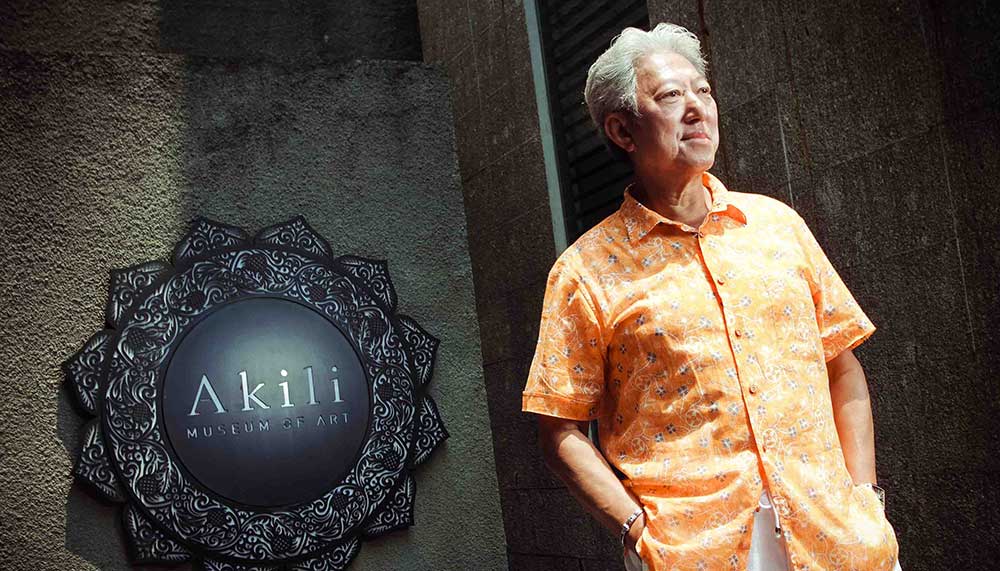
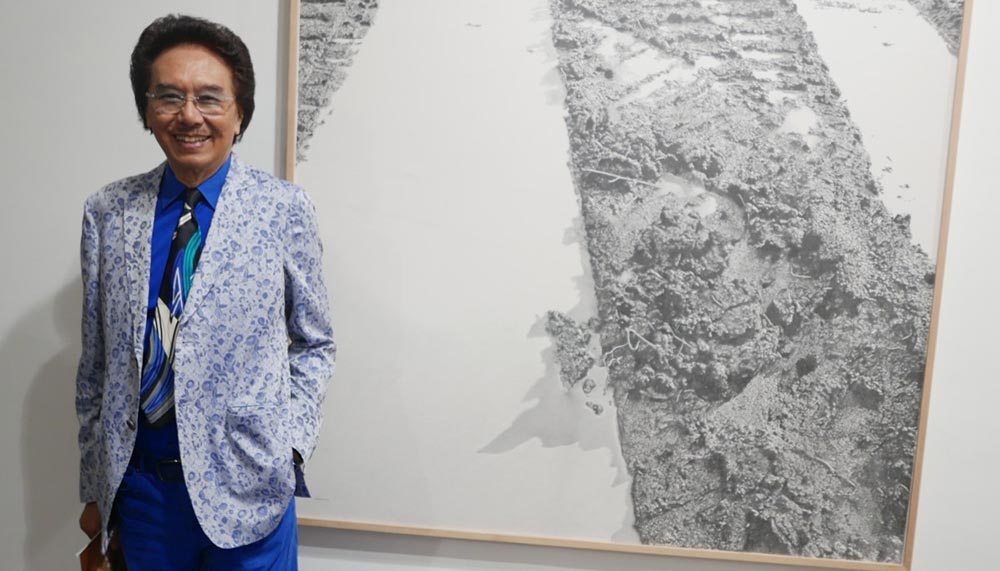
At Art Stage Jakarta, it was a big success. We had Deddy Kusuma specially inviting 400 collectors and guests to his home, and Rudi Akili organising a similar event. Alex Tedja hosted a dinner for around 60 people while Prasodjo Winarko threw a big party at his home. And we also had Wiyu Wahono conducting different lectures for 20 to 30 people daily.
It was a big attraction for many collectors and visitors who flew to Jakarta. They were able to have the chance to see and experience this hospitality and openness. And most importantly, the willingness of these collectors to share their private, personal and artistic taste with the visitors.
And for the collectors, it was a wonderful experience to have all of these international visitors. It gave them the opportunity to discuss – on various levels – art, collecting and what a collector’s life and goals are. And I think this would be something that we will see in Singapore as well.
